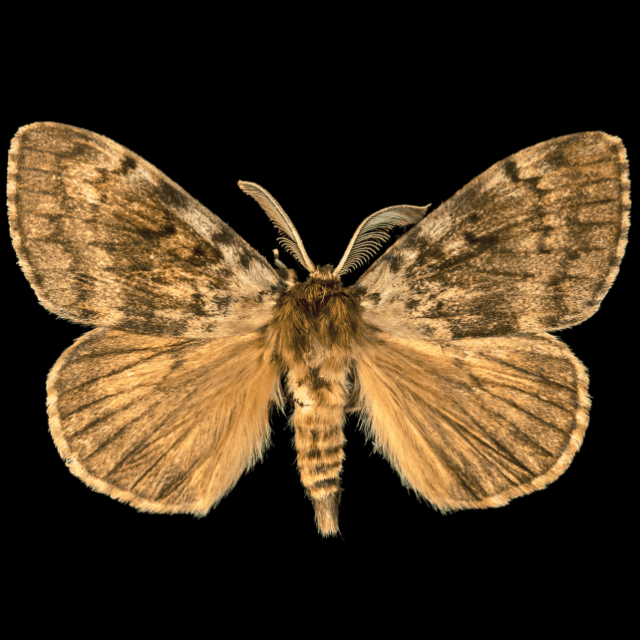Do Gypsy Moth Bite?
Learn if Gypsy Moth bite, what you should do if you get bitten by them, and other interesting information.
The Gypsy Moth (Lymantria dispar) is a winged, minimally segmented insect known for its white and brown coloration. These moths are versatile inhabitants, populating both forests and urban areas. Notorious for their defoliating behavior, they pose significant threats to vegetation, making them a species of concern in many regions.

| Characteristic | Details |
|---|---|
| Scientific Name | Lymantria dispar |
| Body Shape | Winged, Minimally segmented |
| Body Segments | Head, Thorax, Abdomen |
| Skin Type | Exoskeleton |
| Color | White, Brown |
| Diet | Herbivorous |
| Lifecycle | EGG, LARVA, PUPA, ADULT |
| Habitat | Forests, Urban areas |
| Geographical Distribution | Northern America, Europe, Asia |
| Age of Sexual Maturity | After 1 year |
| Unique Features | Females are flightless |
| Predators | Birds, Small mammals |
| Conservation Status | Not Threatened |
Here are 3 interesting facts about Gypsy Moth:
Here is the scientific categorization of Gypsy Moth, providing a glimpse of their position in the biological hierarchy:
| Taxonomic Rank | Name |
|---|---|
| Kingdom | Animalia |
| Phylum | Arthropoda |
| Class | Insecta |
| Order | Lepidoptera |
| Family | Erebidae |
Gypsy Moth's life is a journey of transformation - an adventure marked by the following captivating stages:
EGG → LARVA → PUPA → ADULT
The Gypsy Moth, native to Europe, undergoes a four-stage lifecycle: egg, larva, pupa, and adult, thriving in both forest and urban environments. Eggs hatch into caterpillars, which molt into pupae, eventually emerging as adult moths to reproduce and continue the cycle.
Gypsy moths, native to Europe, Asia, and North Africa, have evolved several adaptations for survival. They exhibit a strong preference for oak trees, but their polyphagous nature allows them to consume over 500 species of plants, aiding survival even when preferred food sources are scarce.
Mature larvae display a unique behavior called "ballooning," where they ascend trees, release a silk thread, and are carried away by the wind to colonize new habitats. This dispersal mechanism facilitates their rapid spread and adaptability.
Now, let's look at how they help maintain the balance in the ecosystem:
Despite their popularity and predator status, Gypsy Moth encounter several threats as well:
If you're interested in learning about at some more interesting insects, here are two suggestions for you, below 👇
Learn if Gypsy Moth bite, what you should do if you get bitten by them, and other interesting information.
Check other interesting bugs:
Learn what food Gypsy Moth eat, and also information about how they eat and drink.